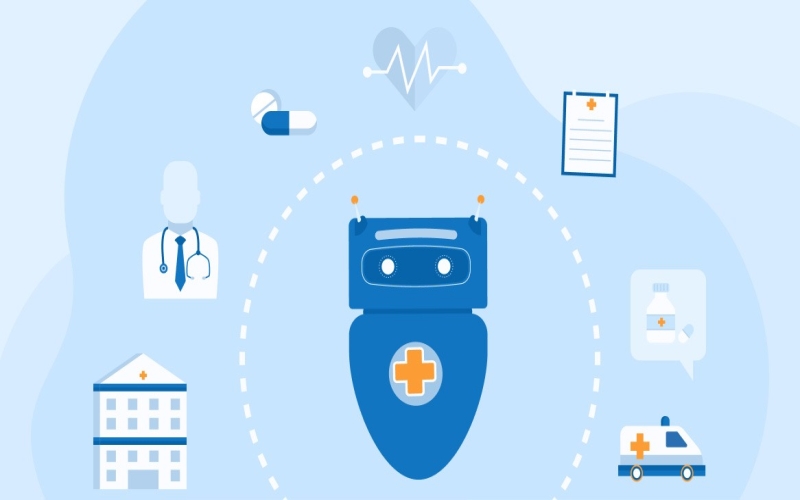Maintaining high levels of customer satisfaction while managing costs poses a significant challenge for providers.
With the integration of customer service chatbots, insurance companies are discovering innovative ways to improve service delivery and streamline communication processes.
This article explores the transformative role of chatbots in group health insurance and how they are improving both the customer experience and operational efficiency.
The Role of Chatbots in Group Health Insurance
Firstly, let’s mention that customer service chatbots are AI-driven programs that simulate conversation with human users over the Internet.
In the context of group health insurance, these chatbots are programmed to handle a wide range of customer interactions—from answering basic policy questions to guiding users through complex claims processes.
Their ability to provide immediate, 24/7 support is revolutionizing how group health insurance providers interact with their clients.
Immediate Response Times
One of the most significant advantages of chatbots is their ability to respond instantly to inquiries. This immediacy is particularly valuable in group health insurance, where timely information can impact decision-making and overall satisfaction.
Whether employees are checking on the status of a claim or seeking details about their coverage, chatbots can provide instant answers, improving the customer experience.
Scalability and Cost Efficiency
Chatbots can handle thousands of queries simultaneously, which is cost-effective for insurers, especially those dealing with large groups.
This scalability not only helps in managing large volumes of inquiries without additional costs but also frees up human agents to focus on more complex, value-added interactions, thereby optimizing resource allocation and reducing operational costs.
24/7 Availability
Unlike human agents, chatbots do not have shifts or require breaks, making them available around the clock.
This constant availability is particularly beneficial for group health insurance schemes where members might access services outside of regular business hours, including nights, weekends, and holidays.
Consistent and Reliable Information
Chatbots eliminate the variability in responses that can occur with human agents.
Programmed with information about the insurance policies and regulations, chatbots ensure that every inquiry is answered accurately and consistently, reducing the likelihood of misinformation and increasing trust in the insurance provider.
Personalized User Experience
Advanced chatbots utilize machine learning to adapt and personalize interactions based on previous conversations with users.
In group health insurance, this could mean reminding an employee of upcoming deadlines for dependent enrollment, or suggesting wellness programs based on the individual’s health needs and past inquiries.
Implementation Challenges
While the benefits are clear, implementing chatbots in group health insurance also presents challenges:
Complex Queries: Chatbots are sometimes unable to handle complex inquiries that require empathy, judgment, or deep contextual understanding, which can frustrate users if not seamlessly escalated to human agents.
Privacy Concerns: Handling sensitive health information requires stringent data protection measures. Ensuring that chatbots are compliant with health data regulations, such as HIPAA in the United States, is crucial.
Integration Issues: Seamlessly integrating chatbots into existing customer service systems and ensuring they work harmoniously with human agents can be technically challenging.
Conclusion
Customer service chatbots are transforming the group health insurance field by improving the efficiency and quality of customer service.
As these technologies continue to evolve, they offer significant potential to improve the responsiveness and personalization of services provided to group members.
However, for chatbots to be truly effective, they must be integrated thoughtfully, with attention to privacy, security, and human interaction, ensuring they complement rather than replace the essential human elements of customer service.

